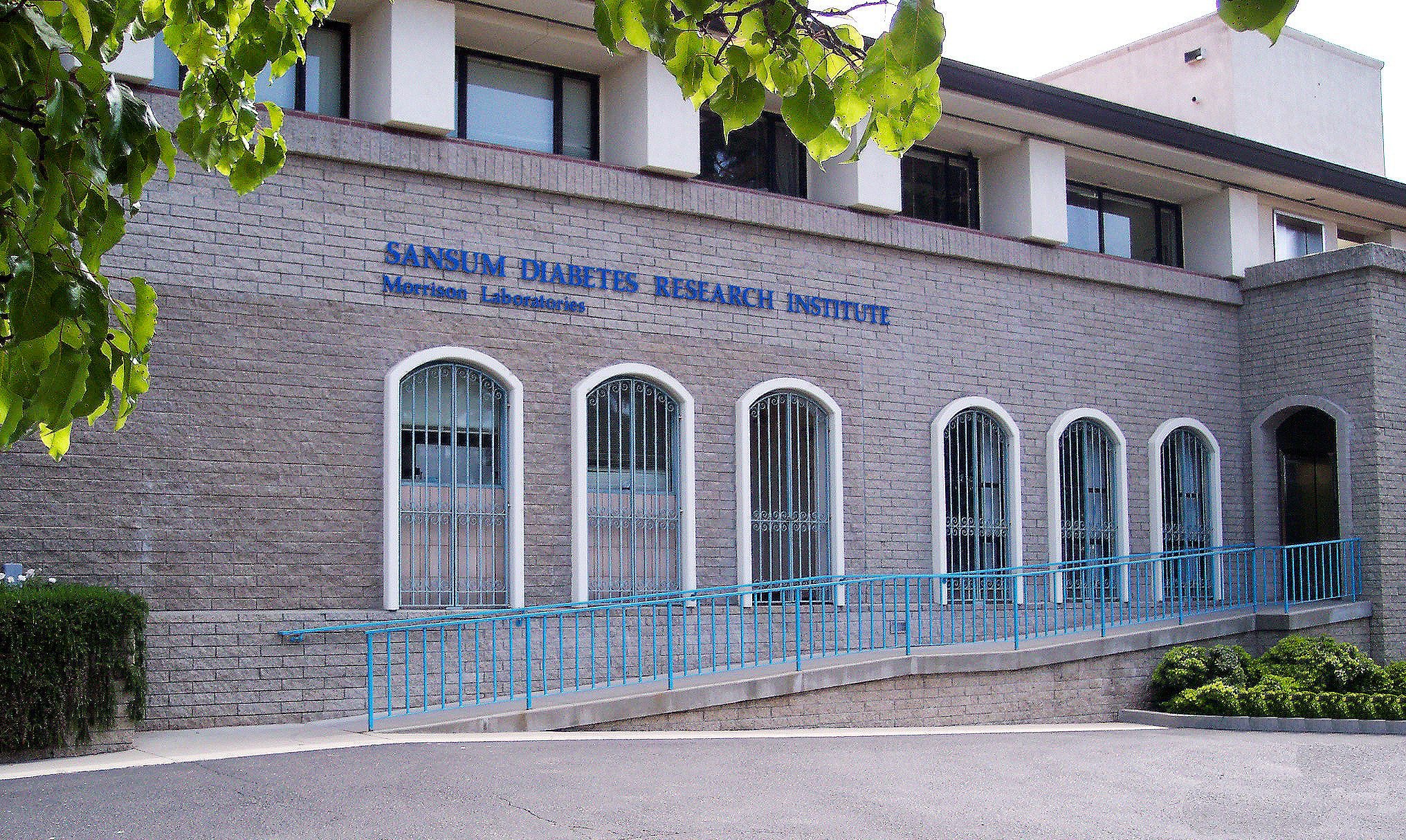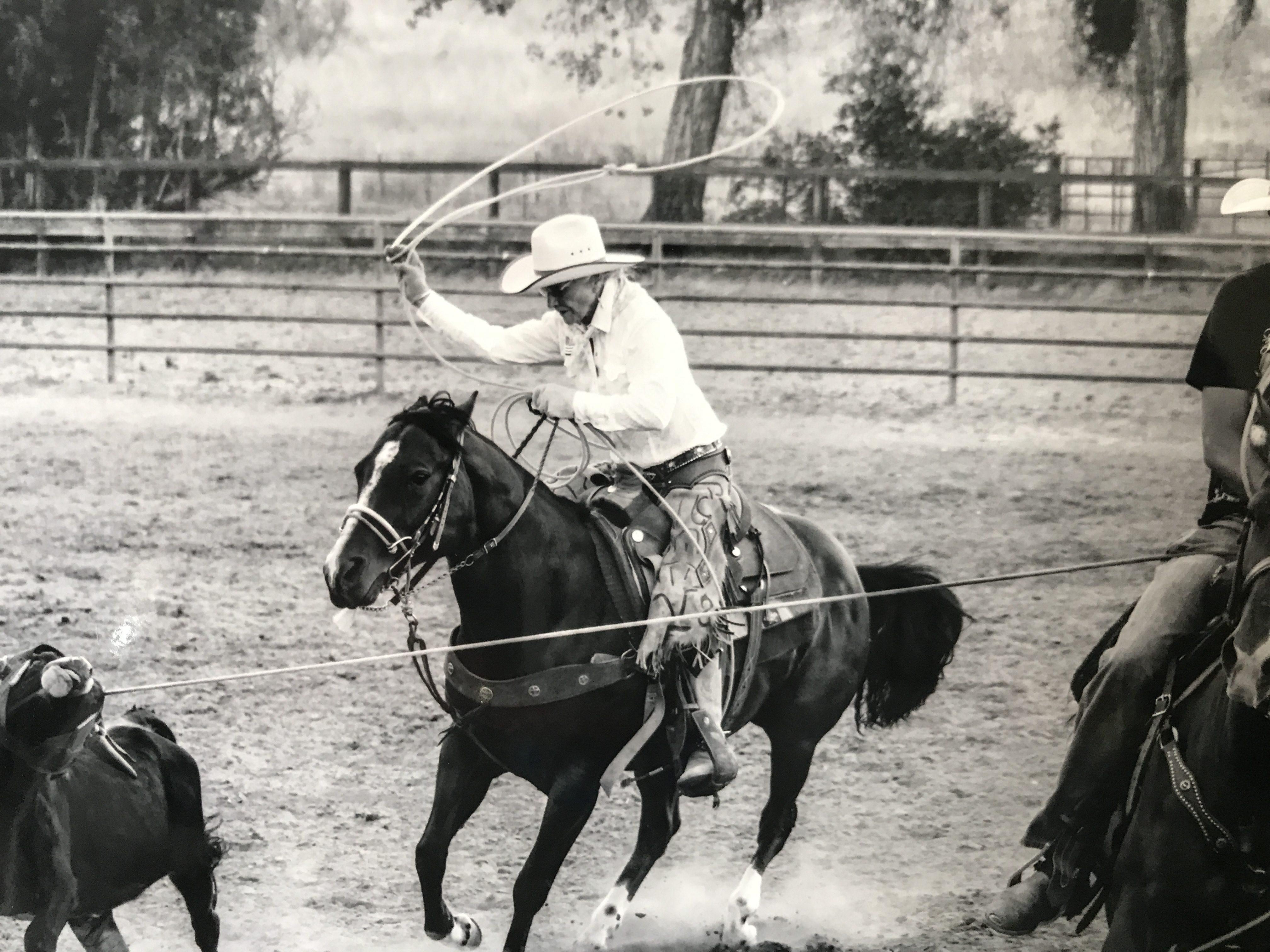By James Riley
Contributing Writer
Osteoporosis is a bone-thinning disease that weakens the skeleton, making bones more likely to break. It threatens millions of older women and men.
And, although women are about twice as likely to fall and break a bone, osteoporosis still poses a significant threat for men, especially as we progress into our eighties and nineties.
Osteoporosis and its precursor, osteopenia, are often considered a “women’s disease,” deflecting the focus of men from a debilitating disease that they also are susceptible to. Although it is true that older men get about half as many fractures as older women, the men are more likely to suffer a permanent disability and twice as likely to die within a year as women, according the Center for Disease Control.
What causes osteoporosis?
Throughout our lifespan our bones are constantly changing: old bone is removed and replaced by new bone. In our youth (birth to 20 years) the body produces more bone than is removed while our bones grow and become dense and the skeleton gets larger and stronger.
Bone growth and density peaks during the third decade of life. For both men and women, bone density very slowly declines because the removal of bone material exceeds the formation of new bone.
Men in their fifties do not experience the rapid loss of bone women typically experience following menopause. By age 65, both sexes experience bone loss at approximately the same rate, and the absorption of calcium and other minerals necessary for bone health decreases in both men and women.
Osteoporosis is age-related and is often referred to as the “silent disease,” because it is usually symptom free until a bone breaks and discloses the problem. Although osteoporosis is age related and some progressive bone loss will occur, other factors that we can control may contribute to a bone loss rate that is greater than what would naturally happen.
Some causes of loss of bone matter include excessive alcohol consumption, smoking, some common medications, immobilization, a sedentary lifestyle, poor dietary habits and genetic predispositions. Fortunately, many of those causes of bone loss can be abated by improving our lifestyle habits.
There is far less research compiled on osteoporosis in men than for women, but it is suggested that all people take a few steps to show a little love for their bones.
- Don’t smoke, and stay within alcohol consumption guidelines. This is a no-brainer.
- Eat real food and be sure your diet includes enough vitamin D, good fats, (vitamin D is a fat-soluble vitamin) and calcium in your diet. Although calcium and vitamin D are available as supplements, recent research suggests gaining minerals and vitamins through food provides for better assimilation.
- Regularly perform weight bearing exercise, ensuring your muscles work against gravity. Such activities may include brisk walking, jogging, and racquet and team sports. Weight lifting, resistance band exercises or body weight exercises such as pull-ups and lunges should be performed at least twice weekly for specific strength training of the large muscles.
- Be active throughout the day. Even routine movements needed while performing house and yardwork and other less intensive activities help maintain bone and muscle. The sedentary lifestyle is the enemy of fitness, and that includes bone fitness.
- Have a DEXA scan, the most commonly used test to measure bone density. It is painless, takes only 10 to 15 minutes and emits low doses of radiation while providing and accurate measure of bone density.
The National Osteoporosis Foundation recommends a DEXA scan for women at age 65 and for men at age 80 to establish a baseline measure for bone density. Other national organizations suggest scans as early as 50 years for women and 65 years for men. Follow-up scans should be done at doctor recommended intervals depending upon your scan results, family history and lifestyle choices.
- Medications can help: Your doctor may prescribe medications to lower the rate of bone loss or possibly improve bone density. As with any medication always be aware of possible side effects.
In summary: To reduce your risk of osteoporosis, walk regularly, do strength training, get some sun for vitamin D, eat a calcium rich diet and move well and move often throughout the day.
James Riley of Solvang is a certified strength and conditioning coach and a level-one Olympic Lifting Coach. He holds a B.A in physical education, M.A. in psychology and a doctorate in education.






